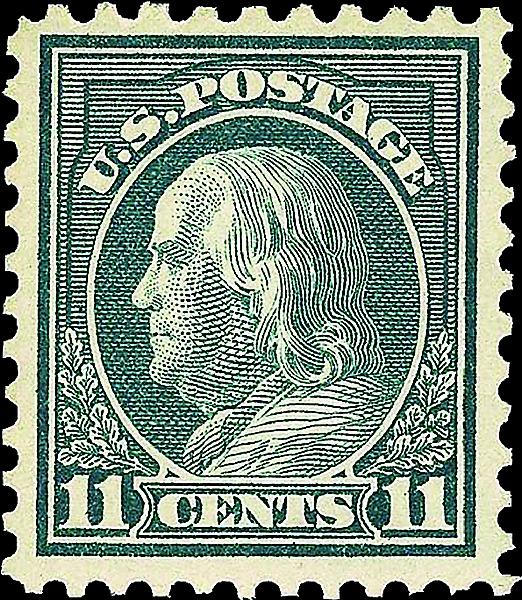World Stamps
China airmail set from 1957-58
People’s Republic of China — The People’s Republic of China hasn’t issued many airmail stamps: just one set of five (Scott C1-C5) on May 1, 1951, and another set of four (C6-C9) in 1957-58.
The designs of the four airmail stamps in the latter set show planes at an airport, a plane over a winding mountain road, a plane over a railroad yard and a plane over a ship. This set was issued without gum. The 2014 Scott Standard Postage Stamp Catalogue values the set in mint condition without gum, as issued, at $64.
This set is much less common and harder to find than other Chinese sets in the same price range. Sets in the grade of fine-very fine usually sell for around the Scott catalog value.
Sets in the grade of very fine usually bring a premium over the Scott catalog value. Hinged examples do not detract from the value, as there is no gum to damage and a quick soak will remove hinges, remnants or marks. This is a good set to buy if you see it offered at or near the Scott catalog value.
A Linn’s editor did not find this week’s recommended stamps on ZillionsOfStamps.com.
Tip of the week
United States — There are generally three kinds of tips that I can offer: buy, sell or look for. This one will be the look for variety.
Many different U.S. definitive stamps issued between 1917 and 1925 that were normally issued with gauge 11 perforations exist with gauge 10 perforations on one side. The major-number listing Scott numbers for these stamps are 498, 502, 506, 508, 509, 511, 512, 514, 515, 517, 554, 556, 557, 562 and 568. The stamps perforated gauge 10 on one side are listed with lowercase letters as minor-number varieties.
Most of these are quite valuable, with 2014 Scott Specialized Catalogue of United States Stamps and Covers values in five figures.
The variety of the gauge 11 11¢ Benjamin Franklin stamp with gauge 10 perforations at top or bottom (Scott 511a) is most frequently seen in unused condition and was known and described in publications as early as the 1940s. This variety was still found in some post offices many years after the stamps were first issued. Most of the others were unknown until much later.
These varieties were created when damaged perforating pins were replaced with new pins set at gauge 10. What is striking about these varieties is that the gauge 10 perforations are not uniform. Some holes are wider than others. An experienced collector might assume at first glance that they were straight-edge examples that had been poorly reperforated.
Here comes the “look for” part of the tip. Theoretically, examples of these varieties can still be found in mixed used lots. The most common source is raw virgin lots of precancels, or quantity used lots.
These varieties are extremely rare, and you could look through tens of thousands of stamps and not find one. However, philately is often a game of superior knowledge, and the rewards often go to those who are patient and persistent. Happy hunting. — H.G.
MORE RELATED ARTICLES
Headlines
-
World Stamps
Oct 8, 2024, 12 PMPostcrossing meetup Oct. 9 at U.N. headquarters
-
Postal Updates
Oct 7, 2024, 5 PMUSPS plans to raise postal rates five times in next three years
-
US Stamps
Oct 7, 2024, 3 PMMcMurtrie dismissed as APS education director following Sept. 21 arrest
-
US Stamps
Oct 7, 2024, 12 PMVasiliauskas named president of Mystic Stamp Co.







